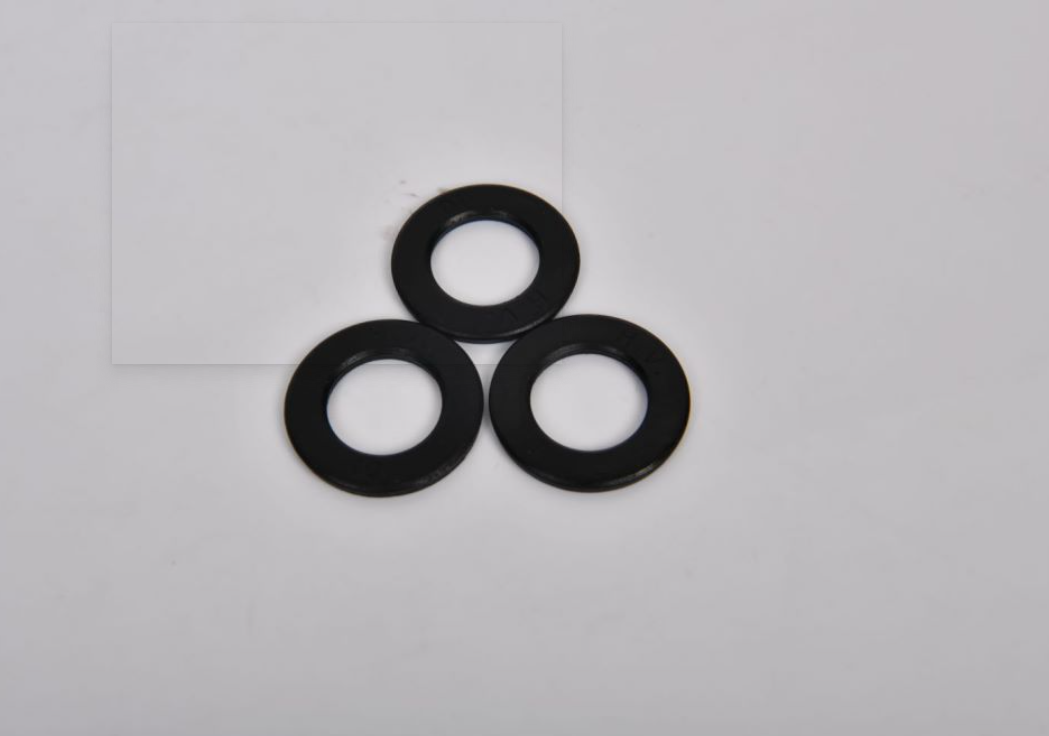Issues with Drywall Not Supporting Screws and Possible Solutions
Understanding the Issues with Drywall Screws and Drywall Systems
When embarking on home improvement projects, particularly those involving drywall installation, homeowners often encounter a variety of issues. One such issue is the inability of drywall to hold screws adequately. This is a common frustration that can lead to instability in wall structures, requiring additional fixes and considerations. Understanding why drywall might fail to hold screws can prevent complications in your projects and ensure lasting results.
The Basics of Drywall
Drywall, also known as gypsum board or plasterboard, is a widely used construction material for interior walls and ceilings. Composed of a core of gypsum sandwiched between thick sheets of paper, drywall is favored for its cost-effectiveness and ease of installation. However, it does come with challenges, particularly regarding its structural integrity and ability to hold fasteners.
Common Causes of Loose Screws in Drywall
1. Improper Installation One of the most common reasons drywall may not hold screws well is improper installation. If screws are driven too deep or at an angle, they can strip the surrounding drywall, which compromises their hold. It’s essential to use drywall screws specifically designed for this material and install them correctly, ensuring they sit just below the paper surface without breaking through it.
2. Drywall Thickness Standard drywall comes in various thicknesses, typically 1/2 inch or 5/8 inch. Using too thin a drywall for heavy applications can lead to issues, as thinner sheets provide less material for the screws to grip. When planning your project, consider the weight of the elements you intend to attach to the drywall and choose the appropriate thickness.
3. Weight of the Attached Materials Heavy fixtures such as cabinets or large mirrors require more robust support than standard drywall can offer on its own. If you attempt to attach heavy items directly to drywall, the weight can pull the screws out, leading to potential damage. In such cases, it’s recommended to locate the studs behind the drywall for secure fastening or to use wall anchors designed for heavier loads.
4. Moisture Damage One significant enemy of drywall is moisture. Wet drywall becomes weak and can easily crumble or lose its ability to hold screws. High-humidity areas such as bathrooms and kitchens require moisture-resistant drywall. If existing drywall has been damaged by water, it should be replaced before installation to prevent further issues.
buy drywall won't hold screw

5. Old or Brittle Drywall Over time, older drywall can become brittle and lose its gripping capability. This is often seen in homes that have undergone extensive renovations or have experienced aging. In such scenarios, replacing the drywall with new sheets may be necessary for optimal results.
Solutions to Improve Screw Holding
To ensure that your drywall can hold screws effectively, consider the following solutions
- Use the Right Fasteners Always choose high-quality drywall screws that are long enough to penetrate the studs behind the drywall. For heavy items, consider using toggle bolts or expandable anchors that provide extra support.
- Locate the Studs Use a stud finder to locate wall studs, which are typically spaced 16 to 24 inches apart. Attaching items directly to these supports will provide a much stronger hold.
- Pre-drill Holes In some cases, pre-drilling holes can help reduce the risk of stripped scenarios, particularly in older or more brittle drywall.
- Reinforce Weak Areas If parts of your drywall are weak, consider adding additional support by installing wood blocks or furring strips that can provide a better anchoring point for screws.
Conclusion
Drywall is a versatile and widely used material in modern construction and home improvement. However, understanding its limitations is crucial to successful installations. By taking the time to consider factors like installation techniques, the weight of attached items, and overall drywall condition, homeowners can avoid the common pitfall of screws failing to hold. With the right approach and materials, you can ensure a durable and visually pleasing result in your next drywall project.
-
Top Choices for Plasterboard FixingNewsDec.26,2024
-
The Versatility of Specialty WashersNewsDec.26,2024
-
Secure Your ProjectsNewsDec.26,2024
-
Essential Screws for Chipboard Flooring ProjectsNewsDec.26,2024
-
Choosing the Right Drywall ScrewsNewsDec.26,2024
-
Black Phosphate Screws for Superior PerformanceNewsDec.26,2024
-
The Versatile Choice of Nylon Flat Washers for Your NeedsNewsDec.18,2024










